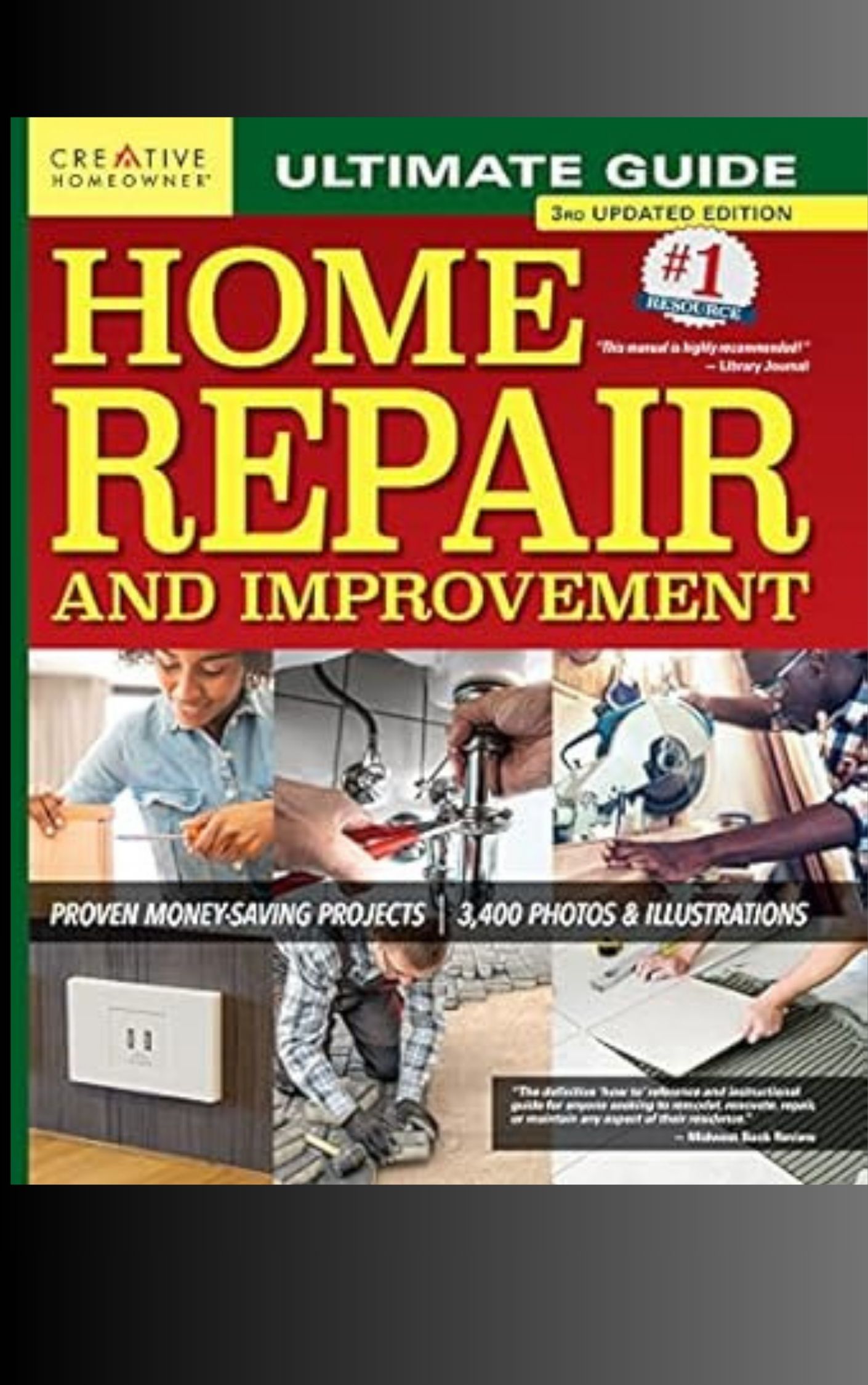Creating an outdoor kitchen on a budget is achievable with careful planning and DIY solutions. Start by assessing your available space and prioritizing essential elements like an affordable grill, functional countertops, and storage solutions. Explore cost-effective options such as charcoal or portable grills, concrete or tiled countertops, and repurposed materials for storage. Incorporate budget-friendly lighting with solar-powered or DIY fixtures, and create seating areas using weatherproofed indoor furniture or custom-built benches. Don't forget to weatherproof your outdoor kitchen by selecting durable materials and applying proper sealants. With creativity and smart choices, you can design an inviting outdoor cooking and entertaining space without breaking the bank. Discover how to transform your backyard into a culinary oasis on a budget.
Plan Your Space Wisely
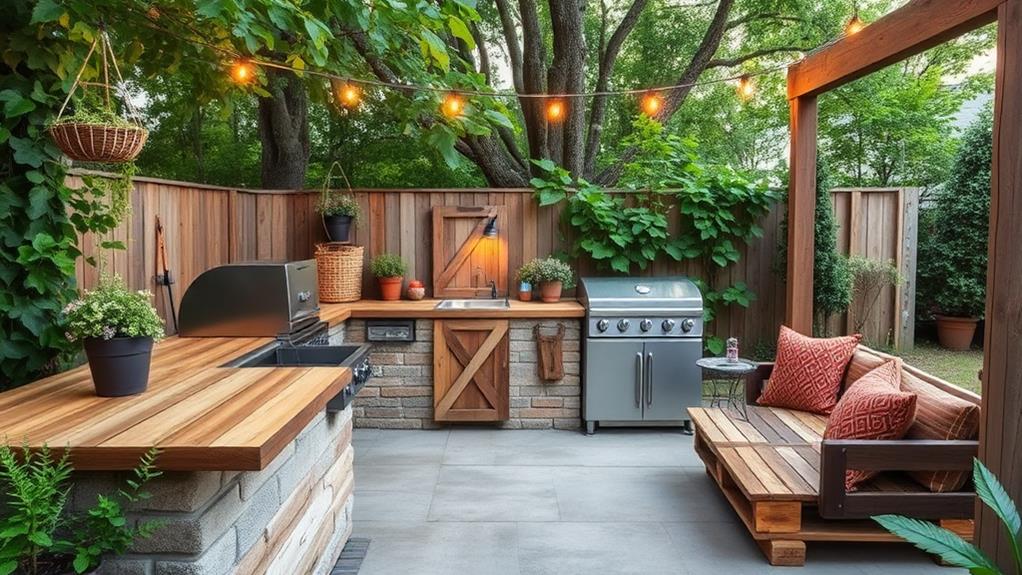
When embarking on an outdoor kitchen project, careful planning is essential to maximize both functionality and budget. Begin by assessing your available space and determining the key elements you want to include. Consider the flow of traffic, proximity to your indoor kitchen, and protection from the elements.
Measure your area accurately and create a detailed layout. Prioritize must-have features like a grill, countertop space, and storage. Factor in utilities such as water, gas, and electricity, ensuring they're accessible and up to code. Choose a location that allows for proper ventilation and doesn't interfere with existing landscaping or structures.
Think about how you'll use the space throughout the year. If you live in a climate with harsh winters, consider incorporating features that extend its usability, such as a pergola or heating elements. For budget-conscious design, focus on creating zones for cooking, prep, and dining that can be expanded later if desired.
Affordable Grill Options
At the heart of any outdoor kitchen lies the grill, but selecting an affordable option doesn't mean sacrificing quality or functionality. Several budget-friendly alternatives can provide excellent cooking performance without breaking the bank.
Charcoal grills offer a cost-effective solution, with many models available under $200. These grills impart a distinct smoky flavor and allow for precise temperature control. For those preferring gas, entry-level propane grills can be found for $300-$500, offering convenience and consistent heat. Look for models with cast-iron or stainless steel grates for durability and even cooking.
Portable grills present another economical option, with prices ranging from $100-$300. These versatile units can be easily moved and stored, ideal for small spaces or occasional use. Some portable grills even offer both charcoal and gas options in one unit.
For the ultimate budget solution, consider building a DIY grill using materials like cinder blocks, bricks, or repurposed metal drums. With careful planning and construction, these homemade grills can rival more expensive options in terms of cooking capacity and performance, often costing less than $100 in materials.
DIY Countertops and Workspaces
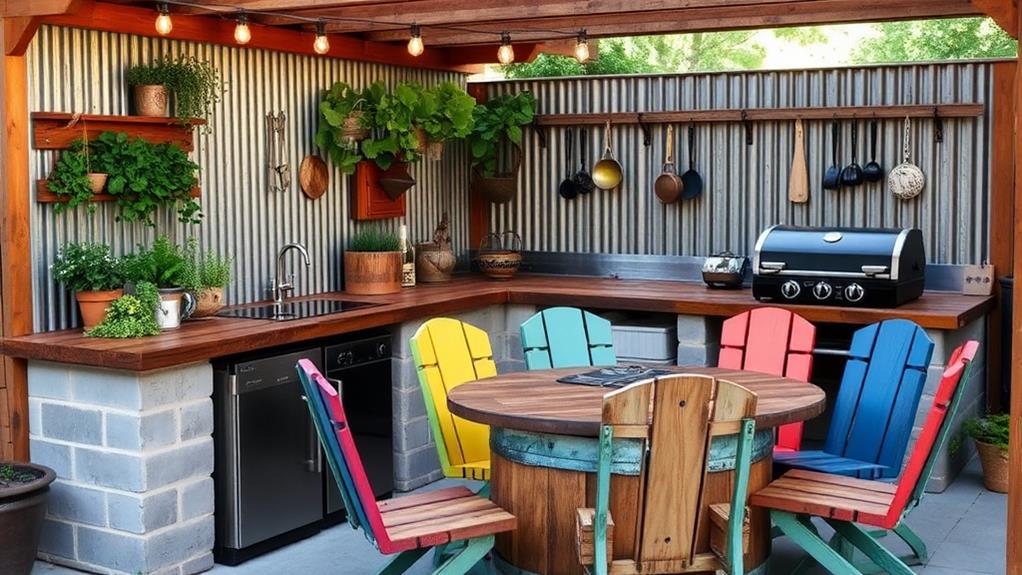
Creating functional and attractive countertops and workspaces is essential for a well-designed outdoor kitchen, even when working with a limited budget. Fortunately, there are several cost-effective DIY options available that can provide durability and aesthetic appeal.
Concrete countertops offer a versatile and affordable solution. With proper sealing, they can withstand outdoor elements while providing a customizable surface. Homeowners can create molds and pour their own concrete slabs, saving on labor costs.
Another budget-friendly option is repurposed materials, such as reclaimed wood or recycled metal. These can be transformed into unique workspaces with some sanding, staining, and sealing.
For those seeking a more polished look, consider using tile. Ceramic or porcelain tiles are relatively inexpensive and can be installed over a cement board base. This approach allows for creative patterns and color combinations. Alternatively, prefabricated laminate countertops can be modified for outdoor use with proper weatherproofing.
When designing workspaces, incorporate storage solutions like open shelving or repurposed cabinets. These additions can be easily constructed using pressure-treated lumber or upcycled materials, providing both functionality and visual interest to your outdoor kitchen without breaking the bank.
Budget-Friendly Storage Solutions
Efficient storage is crucial for any outdoor kitchen, and you don't need to spend a fortune to achieve it. Repurposing everyday items can create functional storage solutions at minimal cost. Consider using wooden crates or pallets to build shelving units for dishes, utensils, and cooking equipment. These can be easily mounted on walls or stacked to create freestanding storage.
Plastic storage bins with lids offer weatherproof options for storing dry goods and less frequently used items. Hang pegboards to organize grilling tools and small accessories, keeping them easily accessible. Repurpose old cabinets or dressers by weatherproofing them with exterior paint or sealant for additional enclosed storage.
Utilize vertical space by installing hooks or racks on walls or fences to hang pots, pans, and utensils. Magnetic knife strips provide a space-saving solution for keeping knives organized and within reach. For seating areas, incorporate storage benches or ottomans that can hold cushions, blankets, or games when not in use. Lastly, consider using rolling carts or repurposed bar carts for mobile storage that can be easily moved and stored when not needed, maximizing flexibility in your outdoor kitchen space.
Lighting on a Dime
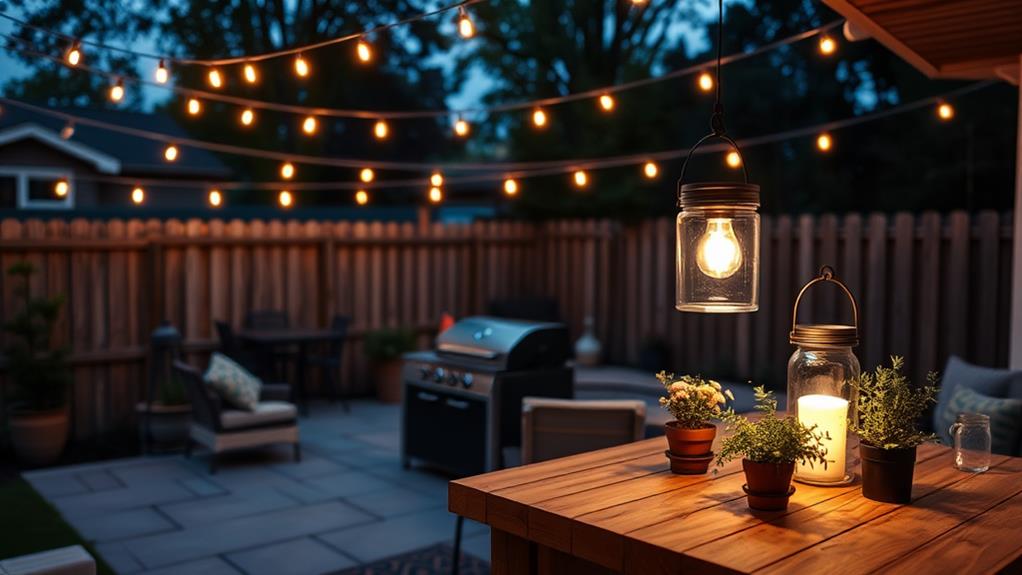
Illuminating your outdoor kitchen doesn't have to drain your wallet. With some creativity and resourcefulness, you can achieve functional and atmospheric lighting on a budget. Solar-powered lights are an excellent cost-effective option, requiring no electrical wiring and minimal maintenance. String lights or lanterns powered by solar cells can be hung along fences, pergolas, or trees to create a warm ambiance.
Repurposing indoor lighting fixtures for outdoor use is another budget-friendly approach. Weather-resistant spray paint can transform old lamps or chandeliers into stylish outdoor lighting. For task lighting, consider affordable LED under-cabinet strips to illuminate countertops and cooking areas. Battery-operated puck lights offer a wire-free solution for dark corners or inside cabinets.
DIY mason jar lights can add a charming touch while keeping costs low. Simply insert battery-operated fairy lights or tea lights into jars and place them strategically around your outdoor kitchen. For pathway lighting, use inexpensive solar stake lights or create your own using upcycled materials like tin cans or wine bottles. Remember to focus on key areas such as food prep spaces, dining areas, and walkways to ensure both functionality and safety in your outdoor kitchen lighting design.
Seating and Dining Areas
With your outdoor kitchen well-lit, comfortable seating and dining areas become the next focus for a complete entertaining space. Creating budget-friendly seating options can be achieved through various DIY methods and repurposing existing furniture.
Consider building simple wooden benches using pressure-treated lumber, which can be customized to fit your space and stained or painted to match your outdoor aesthetic. Alternatively, repurpose old indoor furniture by weather-proofing it with outdoor fabric and sealants. Mismatched chairs can be unified with a coat of exterior paint and weather-resistant cushions.
For dining surfaces, construct a rustic table using reclaimed wood or pallets. A concrete tabletop poured over a wooden frame offers a durable, low-cost option. Repurpose an old door by adding legs and a glass top for a unique dining solution.
Incorporate multi-functional pieces like storage benches or convertible ottoman-tables to maximize space and utility. Use weather-resistant outdoor rugs to define seating areas and add comfort underfoot. Lastly, consider foldable or stackable furniture options for easy storage during off-seasons, ensuring longevity and maintaining a clutter-free space when not in use.
Weatherproofing Your Outdoor Kitchen
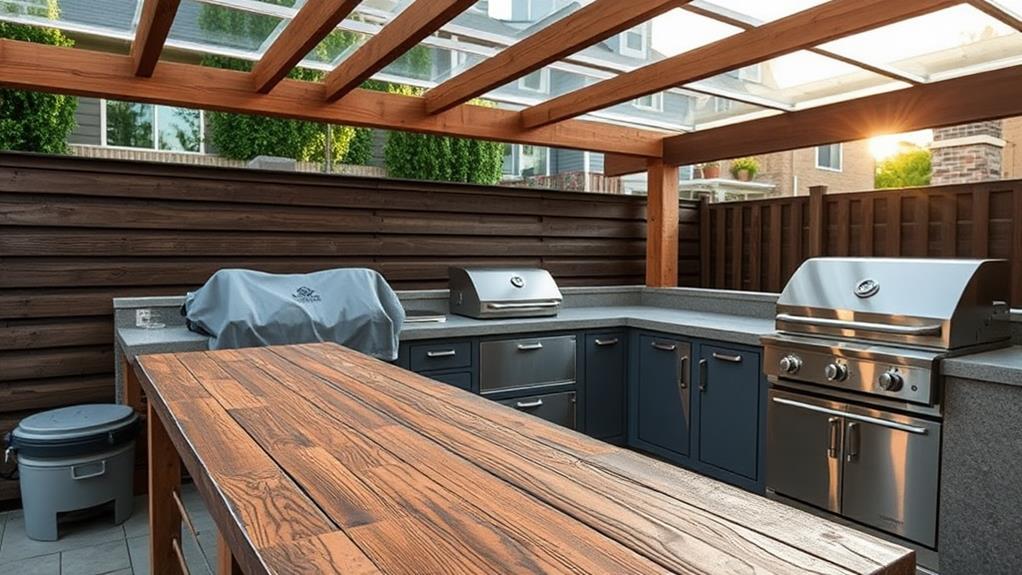
Weatherproofing an outdoor kitchen is essential for protecting your investment and ensuring its longevity. Start by selecting durable, weather-resistant materials for your countertops, cabinets, and appliances. Stainless steel, granite, and sealed concrete are excellent choices for surfaces that can withstand the elements.
For cabinetry, opt for marine-grade plywood or polymer-based materials that resist moisture and UV damage.
Install a sturdy overhead structure, such as a pergola or awning, to shield your kitchen from rain and direct sunlight. Ensure proper drainage by slightly sloping the floor away from structures and installing gutters if necessary. Apply water-resistant sealants to all surfaces, including countertops, grout lines, and wood elements.
Protect electrical components by using weatherproof outlets, GFCI protection, and waterproof covers for switches and receptacles. Install proper ventilation to prevent moisture buildup and reduce the risk of mold growth. Consider using outdoor-rated appliances designed to withstand temperature fluctuations and humidity.
When not in use, cover your grill and other equipment with waterproof covers. Regularly clean and maintain all surfaces, paying special attention to areas prone to water accumulation. By taking these precautions, you can ensure your outdoor kitchen remains functional and attractive for years to come.
Frequently Asked Questions
How Do I Incorporate a Pizza Oven Into My Outdoor Kitchen?
To incorporate a pizza oven into your outdoor kitchen, consider a freestanding or built-in model. Ensure proper ventilation and heat-resistant materials for safety. Choose a location that complements your kitchen layout and allows for easy access during cooking.
What Permits Are Required for Building an Outdoor Kitchen?
Buckle up for a permit adventure! Building an outdoor kitchen typically requires permits for electrical, plumbing, and structural work. Check with your local building department to determine specific requirements, as regulations vary by location and project scope.
Can I Use Indoor Appliances in My Outdoor Kitchen?
Using indoor appliances in an outdoor kitchen is not recommended. Outdoor-rated appliances are designed to withstand weather conditions and ensure safety. Indoor appliances may malfunction, pose safety risks, and void warranties when used outside. Always choose outdoor-specific equipment for your outdoor kitchen.
How Do I Winterize My Outdoor Kitchen in Colder Climates?
To winterize your outdoor kitchen in colder climates, drain water lines, clean and cover appliances, store removable components indoors, apply weatherproof sealants, disconnect gas lines, and protect countertops. Regular maintenance during winter months helps prevent damage from freezing temperatures.
What Are the Best Flooring Options for an Outdoor Kitchen?
Fantastic flooring for outdoor kitchens features durable, weather-resistant materials. Consider concrete for cost-effectiveness and customization. Porcelain pavers provide a polished look. Natural stone offers elegant aesthetics. Composite decking delivers durability and low maintenance. Ensure proper drainage and slip-resistance for safety.
Conclusion
Creating an outdoor kitchen on a budget is an achievable dream with careful planning and resourceful DIY approaches. By wisely selecting affordable grills, crafting custom countertops, and implementing creative storage solutions, homeowners can transform their outdoor spaces into culinary havens. Attention to lighting, seating, and weatherproofing ensures a functional and inviting atmosphere. With a dash of ingenuity and a sprinkle of elbow grease, even the most modest backyard can become a gastronomic paradise that rivals five-star restaurants, allowing for countless memorable gatherings under the open sky.

